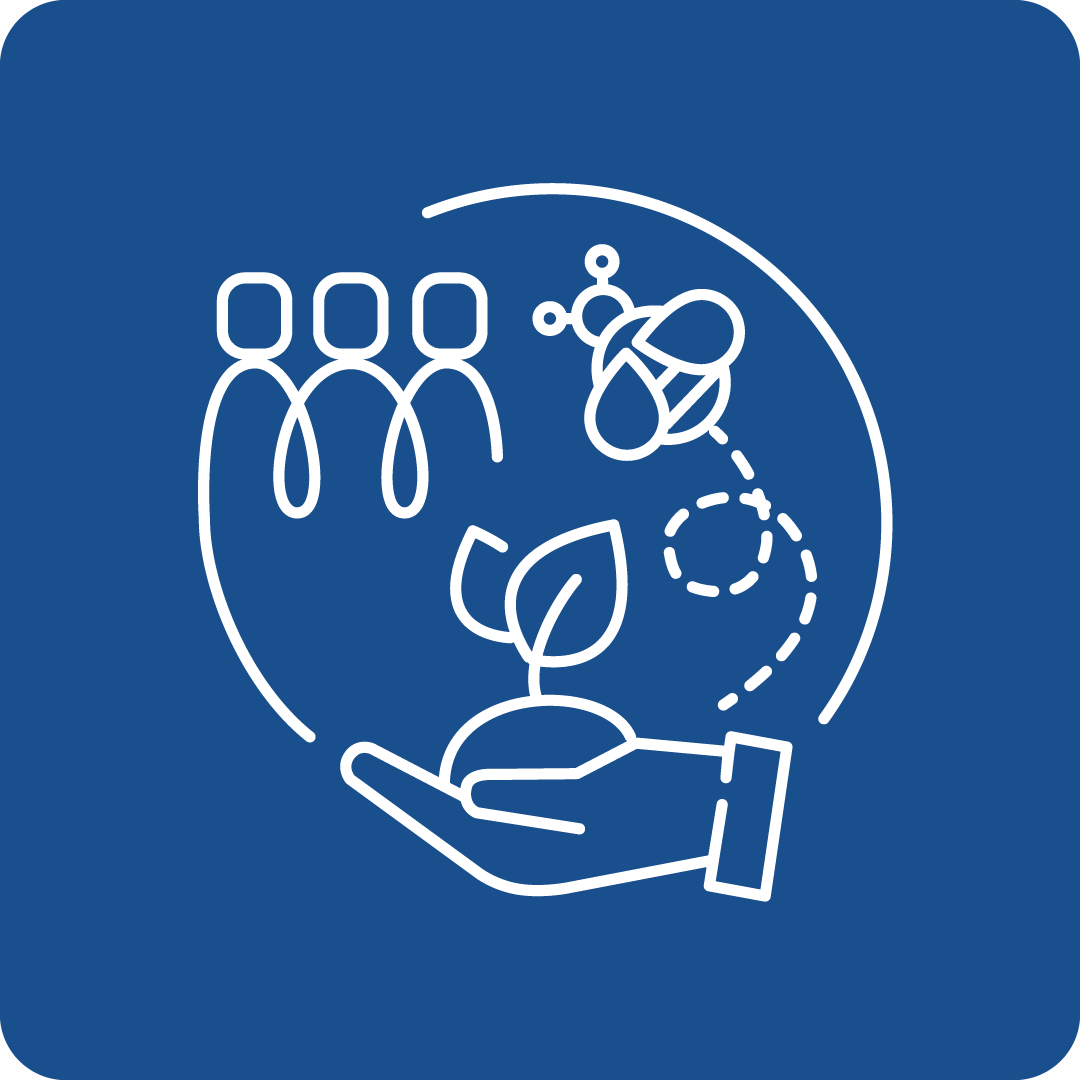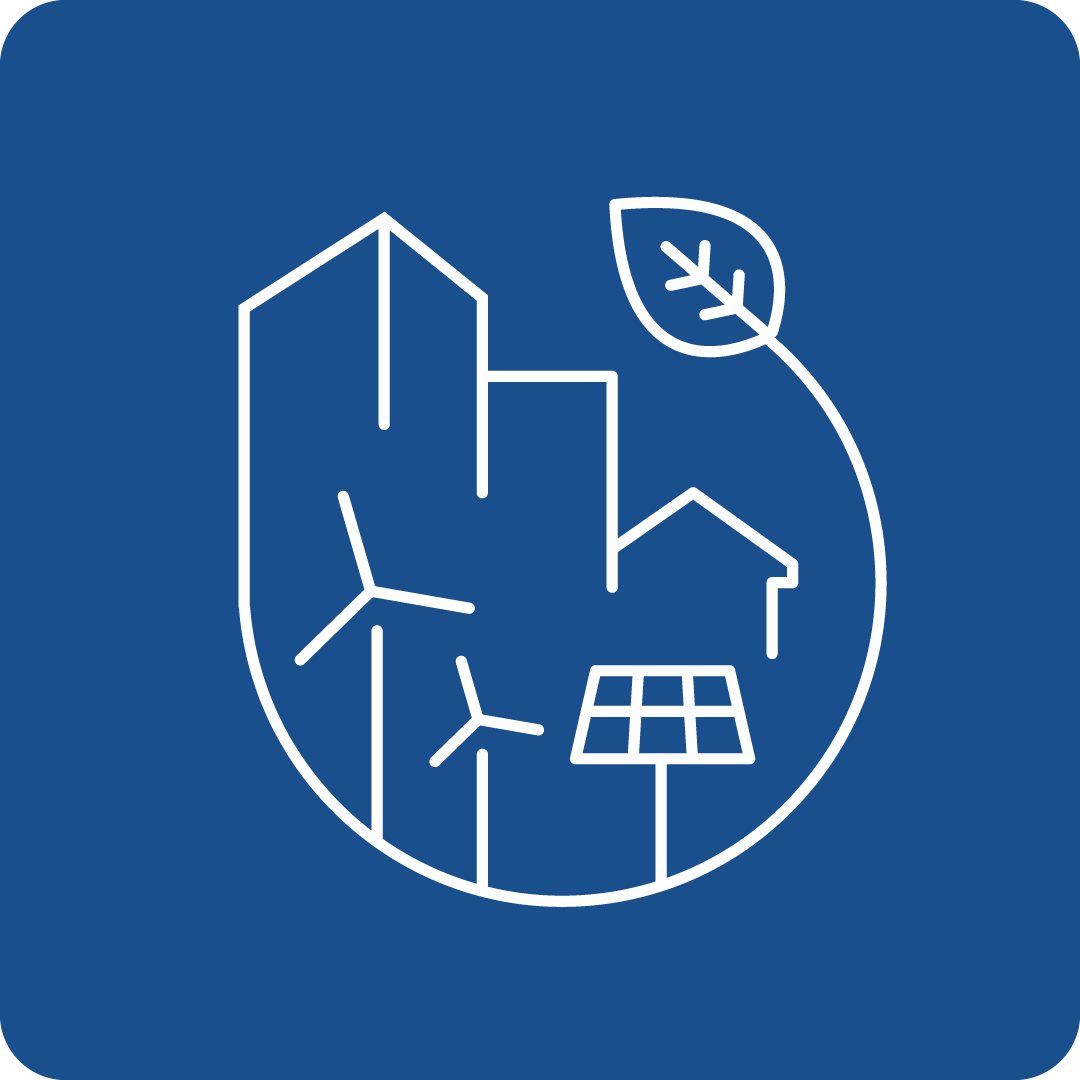Filter Search for grants
Call Navigation
Deadline expired
The deadline for this call has expired.
Call key data
EU-China international cooperation on data and model development for pathways to carbon neutrality: focusing on decarbonisation, energy efficiency and socio-economic implications of the transition
Funding Program
Horizon Europe: Cluster 5 - Climate, Energy and Mobility
Call number
HORIZON-CL5-2023-D1-02-01
deadlines
Opening
13.12.2022
Deadline
18.04.2023 17:00
Funding rate
100%
Call budget
€ 5,000,000.00
Estimated EU contribution per project
€ 2,500,000.00
Link to the call
Link to the submission
Call content
Call objectives
The topic aims at developing a state-of-the-art modelling framework that includes up-to-date representation of technologies and policies in different pathways that lead to climate neutrality from a holistic and sectoral perspective. Successful proposal(s) should include joint work by European and Chinese experts aimed at informing the achievement of each country’s long-term decarbonisation goal. Actions under this call should consider deep reductions and pathways to net zero incorporating mitigation of both CO2 and other greenhouse gas emissions.
Actions should focus on all of the following main areas (the individual bullets are indicative suggestions for focus within each area):
a) Energy efficiency and decarbonisation
- Adapted models to reflect state-of-the-art greenhouse gas emission data.
- Opportunities for decarbonisation of industry and agriculture, for reducing net emissions related to land use, and for mitigation of non-CO2 greenhouse gases. Evaluate the mitigation potential, co-benefits and side effects, and cost-effectiveness of selected technologies in key industries and their potential contribution to a sustainable, secure and affordable transition.
- Improving energy efficiency, including through electrification in industrial processes, transport and heating systems, as well as for buildings (including through improved design and construction, retrofitting, establishing or improving energy management systems).
- Transformation of energy and transport infrastructure to accommodate zero-carbon technologies and smart demand and to guarantee the reliability of the energy and manufacturing systems.
- CCUS technology to improve the efficacy of CO2 capture and the understanding of storage potential and security in key regions and in industries.
- Improved knowledge concerning the policies needed to ensure the transformation of the different sectors from fossil fuel-based to net-zero carbon emitters.
b) Socio-economic implications
- Socio-economic challenges and opportunities in the transition to climate neutrality, including the transformation of the labour market and the distributional repercussions for different sectors, social groups and regions.
- Consequences of the green transition for human welfare, including on health.
- Opportunities and challenges related to consumer behaviour and lifestyle changes (e.g. consumer choices, changes in ways of living and working).
- Global implications of EU and China decarbonisation (e.g. through trade and commodity markets, impacts on climate action in third countries).
c) Dissemination and stakeholder engagement
- Strong component of engagement, in terms of co-design and co-creation of the pathways, with public and private sector stakeholders in both regions, in particular with groups whose actions will be key to implementing and achieving the transition.
This topic is part of the EU-China flagship initiative on Climate Change and Biodiversity, which will promote substantial coordinated and balanced cooperation between the EU and China, and is within the scope of the Administrative Arrangement between the European Commission and the Ministry of Science and Technology of the People’s Republic of China (MOST) on a Co-funding Mechanism for the period 2021-2024 to support collaborative research projects under the Climate Change and Biodiversity (CCB) and the Food, Agriculture and Biotechnologies (FAB) flagship initiatives.
Interactions with other actions developed under the EU-China Climate Change and Biodiversity Research Flagship and/or the Flagship on Food, Agriculture and Biotechnologies are encouraged.
The envisaged knowledge relates only to policy, modelling and pathways definition and planning. Development of specific technologies above TRL 4 are out of the scope of this topic.
Actions should:
- Build on existing modelling work in both regions that has identified credible pathways to net zero emissions, continuing to develop and refine such pathways.
- Ensure that EU and China pathways fit into a consistent global framework (e.g. in terms of global carbon budget and use of scarce commodities).
- Focus on key milestones and enabling conditions needed in the short-term (e.g. by 2030, 2035) and medium-term (e.g. by 2040) to achieve each region’s net zero goals. Such milestones and conditions are not limited to emissions levels but can include technological roadmaps for key regions and industries, as well as, regulatory, market penetration and socio-economic developments.
- Consider different geographical scales and the role of cities in the transition pathways.
- Feature a combination of integrated assessment modelling (to demonstrate that pathways are coherent and comprehensive) and other more granular techniques to explore specific transformation options in detail.
- Include stakeholder engagement activities aimed at linking the vision set out in pathways with the actions needed to achieve them (e.g. How mature does a certain technology have to be by when? Is this achievable?).
When dealing with models, actions should promote the highest standards of transparency and openness, as much as possible going well beyond documentation and extending to aspects such as assumptions, code and data that is managed in compliance with the FAIR principles. In particular, beneficiaries are strongly encouraged to publish results data in open access databases and/or as annexes to publications. In addition, full openness of any new modules, models or tools developed from scratch or substantially improved with the use of EU funding is expected. Projects should take into account, during their lifetime, relevant activities and initiatives for ensuring and improving the quality of scientific software and code, such as those resulting from projects funded under the topic HORIZON-INFRA-2023-EOSC-01-02 on the development of community-based approaches.
This topic requires the effective contribution of SSH disciplines and the involvement of SSH experts, institutions as well as the inclusion of relevant SSH expertise, in order to produce meaningful and significant effects enhancing the societal impact of the related research activities.
read more
Expected results
The EU and China have committed to become climate neutral (by 2050) and carbon neutral (by 2060), respectively. Successful proposal(s) will support the transition to a climate neutral and resilient society as part of the EU-China Climate Change and Biodiversity Research Flagship (CCB Flagship).
Actions are expected to contribute to all of the following outcomes:
- Improved knowledge and mutual learning in potential pathways towards carbon neutrality and renewable transition to support achieving both regions’ climate targets.
- Overview of promising options and associated benefits and challenges in the short, medium and long-term that are necessary to achieve these climate goals.
- Achieved joint of state-of-the-art modelling and dialogue among relevant experts in the two regions.
Eligibility Criteria
Regions / countries for funding
Moldova (Moldova), Albania (Shqipëria), Armenia (Հայաստան), Bosnia and Herzegovina (Bosna i Hercegovina / Босна и Херцеговина), Faeroes (Føroyar / Færøerne), Georgia (საქართველო), Iceland (Ísland), Israel (ישראל / إِسْرَائِيل), Kosovo (Kosova/Kosovë / Косово), Montenegro (Црна Гора), Morocco (المغرب), North Macedonia (Северна Македонија), Norway (Norge), Serbia (Srbija/Сpбија), Tunisia (تونس /Tūnis), Türkiye, Ukraine (Україна), United Kingdom
eligible entities
EU Body, Education and training institution, International organization, Non-Profit Organisation (NPO) / Non-Governmental Organisation (NGO), Other, Private institution, incl. private company (private for profit), Public Body (national, regional and local; incl. EGTCs), Research Institution incl. University, Small and medium-sized enterprise (SME)
Mandatory partnership
Yes
Project Partnership
To be eligible for funding, applicants must be established in one of the following countries:
- the Member States of the European Union, including their outermost regions
- the Overseas Countries and Territories (OCTs) linked to the Member States
- third countries associated to Horizon Europe - see list of particpating countries
Only legal entities forming a consortium are eligible to participate in actions provided that the consortium includes, as beneficiaries, three legal entities independent from each other and each established in a different country as follows:
- at least one independent legal entity established in a Member State; and
- at least two other independent legal entities, each established in different Member States or Associated Countries.
The following additional eligibility criteria apply:
- Consortia must also include as associated partners at least three independent legal entities established in China.
- Legal entities established in China can only participate as associated partners.
- Chinese participants must be awarded co-funding by MOST (Ministry of Science and Technology, China). This condition will not be fulfilled if, at the time of grant agreement signature, the Chinese participants have not concluded a grant agreement with MOST.
Any legal entity, regardless of its place of establishment, including legal entities from non-associated third countries or international organisations (including international European research organisations) is eligible to participate (whether it is eligible for funding or not), provided that the conditions laid down in the Horizon Europe Regulation have been met, along with any other conditions laid down in the specific call topic.
A ‘legal entity’ means any natural or legal person created and recognised as such under national law, EU law or international law, which has legal personality and which may, acting in its own name, exercise rights and be subject to obligations, or an entity without legal personality.
Specific cases:
- Affiliated entities — Affiliated entities (i.e. entities with a legal or capital link to a beneficiary which participate in the action with similar rights and obligations to the beneficiaries, but which do not sign the grant agreement and therefore do not become beneficiaries themselves) are allowed, if they are eligible for participation and funding.
- Associated partners — Associated partners (i.e. entities which participate in the action without signing the grant agreement, and without the right to charge costs or claim contributions) are allowed, subject to any conditions regarding associated partners set out in the specific call conditions.
- Entities without legal personality — Entities which do not have legal personality under their national law may exceptionally participate, provided that their representatives have the capacity to undertake legal obligations on their behalf, and offer guarantees to protect the EU’s financial interests equivalent to those offered by legal persons.
- EU bodies — Legal entities created under EU law including decentralised agencies may be part of the consortium, unless provided for otherwise in their basic act.
- Joint Research Centre (‘JRC’)— Where provided for in the specific call conditions, applicants may include in their proposals the possible contribution of the JRC but the JRC will not participate in the preparation and submission of the proposal. Applicants will indicate the contribution that the JRC could bring to the project based on the scope of the topic text. After the evaluation process, the JRC and the consortium selected for funding may come to an agreement on the specific terms of the participation of the JRC. If an agreement is found, the JRC may accede to the grant agreement as beneficiary requesting zero funding or participate as an associated partner, and would accede to the consortium as a member.
- Associations and interest groupings — Entities composed of members (e.g. European research infrastructure consortia (ERICs)) may participate as ‘sole beneficiaries’ or ‘beneficiaries without legal personality’. However, if the action is in practice implemented by the individual members, those members should also participate (either as beneficiaries or as affiliated entities, otherwise their costs will NOT be eligible
other eligibility criteria
If projects use satellite-based earth observation, positioning, navigation and/or related timing data and services, beneficiaries must make use of Copernicus and/or Galileo/EGNOS (other data and services may additionally be used).
Additional information
Topics
Relevance for EU Macro-Region
EUSAIR - EU Strategy for the Adriatic and Ionian Region, EUSALP - EU Strategy for the Alpine Space, EUSBSR - EU Strategy for the Baltic Sea Region, EUSDR - EU Strategy for the Danube Region
UN Sustainable Development Goals (UN-SDGs)
![]()
![]()
![]()
Additional Information
All proposals must be submitted electronically via the Funders & Tenders Portal electronic submission system (accessible via the topic page in the Search Funding & Tenders section). Paper submissions are NOT possible.
Proposals must be complete and contain all parts and mandatory annexes and supporting documents, e.g. plan for the exploitation and dissemination of the results including communication activities, etc.
The application form will have two parts:
- Part A (to be filled in directly online) contains administrative information about the applicant organisations (future coordinator and beneficiaries and affiliated entities), the summarised budget for the proposal and call-specific questions;
- Part B (to be downloaded from the Portal submission system, completed and then assembled and re-uploaded as a PDF in the system) contains the technical description of the project.
Annexes and supporting documents will be directly available in the submission system and must be uploaded as PDF files (or other formats allowed by the system).
The limit for a full application (Part B) is 45 pages.
Grants awarded under this topic will be linked to the specific grants awarded by the Ministry of Science and Technology, China (MOST) to the Chinese partners. The respective options of the Model Grant Agreement will be applied.
Contact
To see more information about this call, you can register for free here
or log in with an existing account.
Log in
Register now


